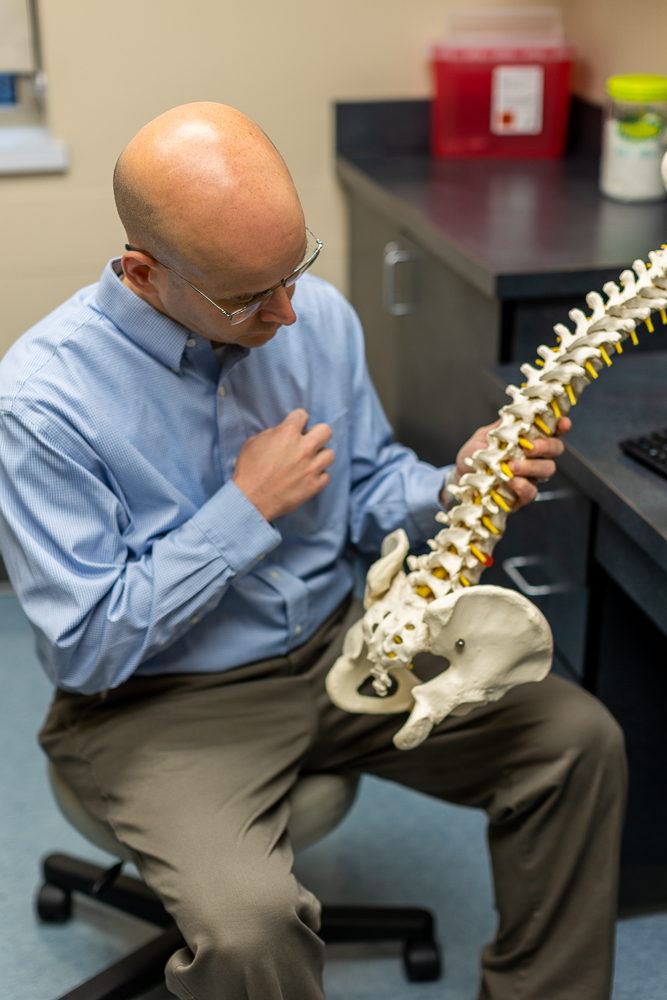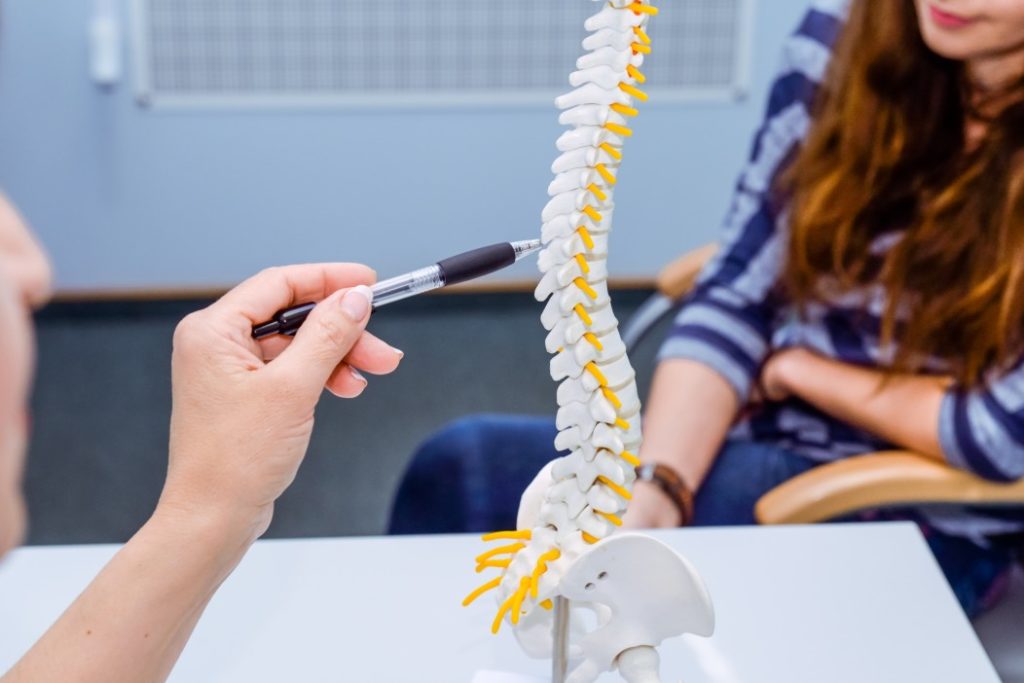
Ankle Sprains in Kansas City: An overview
by Matthew Kneidel, MD
Ankle sprains are one of the most common injuries sustained during sporting activities. Most sprains occur in the lateral ligament complex on the outside part of the ankle. The majority of acute lateral ankle sprains heal conservatively when treated properly initially.
Mechanism of Ankle Sprains
We usually associate ankle sprains with an inversion injury or “rolling” of the ankle. This is more likely to occur in a cutting sport such as soccer. However, an ankle sprain may also occur if another player steps on the medial (inside) of the ankle causing the lateral (outside) ligaments to stretch too far beyond its natural limit.
Symptoms of an Ankle Sprain
A mild ankle sprain will have swelling, bruising, and tenderness to touch. With a more severe sprain, the ankle may feel unstable. The player may feel or hear a “pop” and be unable to walk on the affected leg. In these instances, we may advise the player be seen by a physician and obtain x-rays.

Examination of an Ankle Sprain
The most important thing to note in examining an ankle sprain-type injury is the location of maximal tenderness. Generally, this should be in front of and just below the fibula. Tenderness along the back of the bone, higher up the leg, or lower on the foot would suggest an alternative diagnosis. Because of swelling, it may be difficult initially to determine a specific point of tenderness. A repeat examination in a few days to a week would be beneficial. The “high” ankle sprain is so called because the pain extends up the leg.
Grades of Ankle Sprains
There is a varying range of ankle sprain injuries, from stretching (grade 1) to complete tears of the ligaments (grade 3).
Grade 1: Stretching or microscopic tearing of the ligament fibers; mild tenderness and swelling.
Grade 2: Partial tearing of the ligament complex; increased swelling and tenderness.
Grade 3: Complete tear of the ligament complex; significant swelling, tenderness, and bruising. Unstable ankle to exam.
How to Treat an Ankle Sprain in Kansas City
Most sprains may be treated non-surgically. In general, a 3-phase program guides treatment. Milder sprains may heal in one to two weeks, while more severe sprains may take 8 to 10 weeks to completely heal.
Phase 1: Rest, Ice, Compression, Elevation (RICE treatment); protection with an ankle brace (lace up) along with the use of anti-inflammatory medication.
Phase 2: Restoring motion, strength and flexibility.
Phase 3: Maintaining exercises with gradual return to activities; first, to ones that avoid cutting moves, then to full activities.
Physical therapies should focus on early controlled motion, then advancing to strengthening and balance training, then finally to endurance and agility exercises.
Ankle sprains rarely warrant surgical treatment.

How to Prevent an Ankle Sprain
In general, stretching along with a sufficient warm-up period prior to play is essential in helping to prevent ankle sprains. Lace up-type ankle braces may be used as well. (Ankle braces have been shown to have no negative effect on performance.) Strengthening of the muscles surrounding the ankle is also beneficial in helping to prevent sprains.
When to Seek Treatment for an Ankle Sprain in Kansas City
Further evaluation may be warranted in these instances:
- When the player feels or hears a “pop”
- Inability to walk for four steps on the affected leg
- The pain is localized to the back of the fibula – may indicate a fracture or injury to the tendons behind the fibula
- The pain extends up the leg – may indicate injury to the ligament between the fibula and the tibia
- The pain is lower on the foot – may indicate a fracture in the foot
- Pain does not improve after 7 to 10 days
There are many other injuries that may occur along with an ankle sprain, too. These can include possible tendon injuries, injury to the cartilage inside the joint, and possible fractures that may not be easily identified early on. Failure to progress with swelling and pain may indicate a more significant injury.
Get help with ankle sprains in Kansas City
Apex Orthopedics is the premier provider of orthopedic treatments & solutions in Kansas City. Whether you simply need expert advice or you believe you need surgical intervention, our team is highly knowledgeable and can help you find the relief you need.


